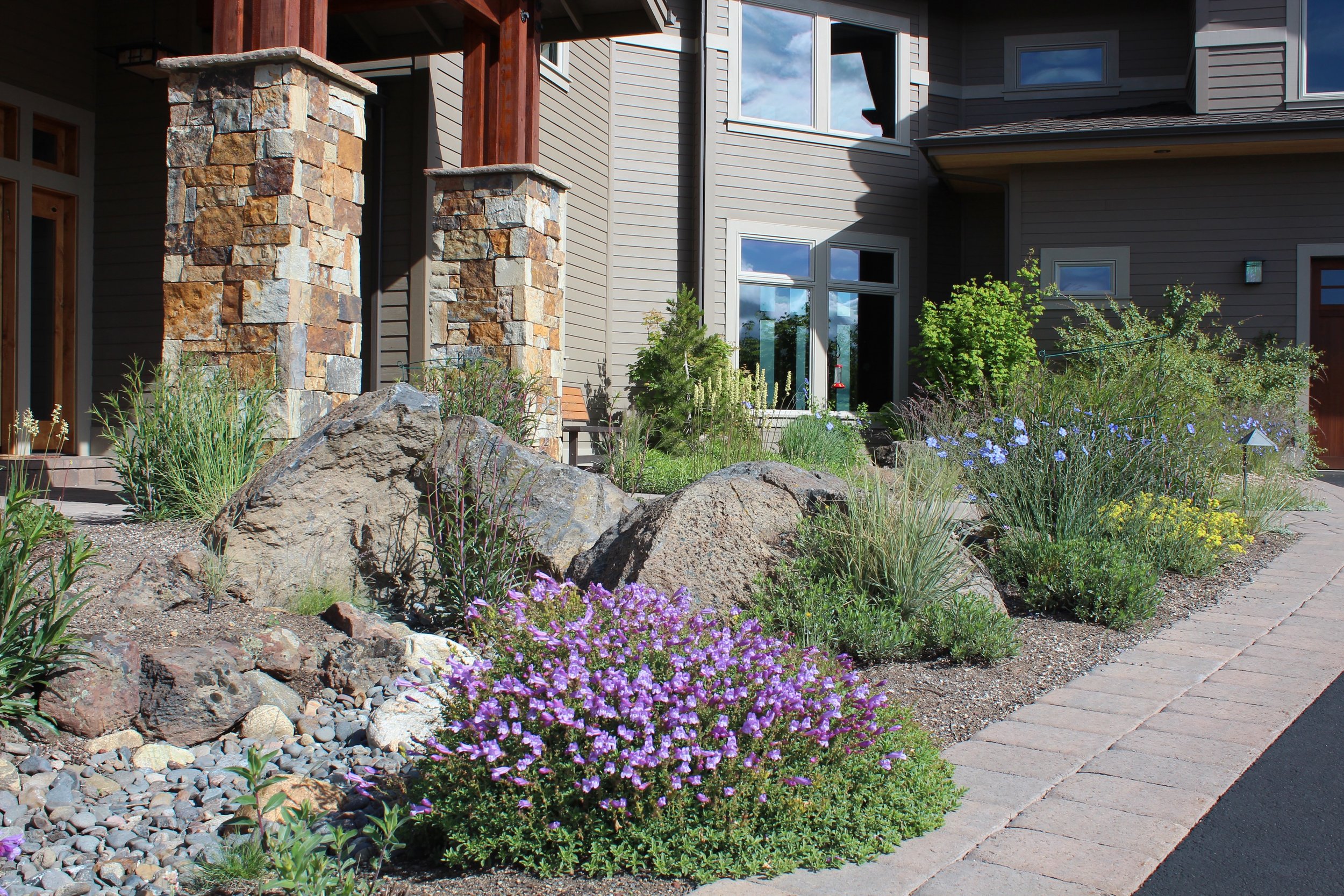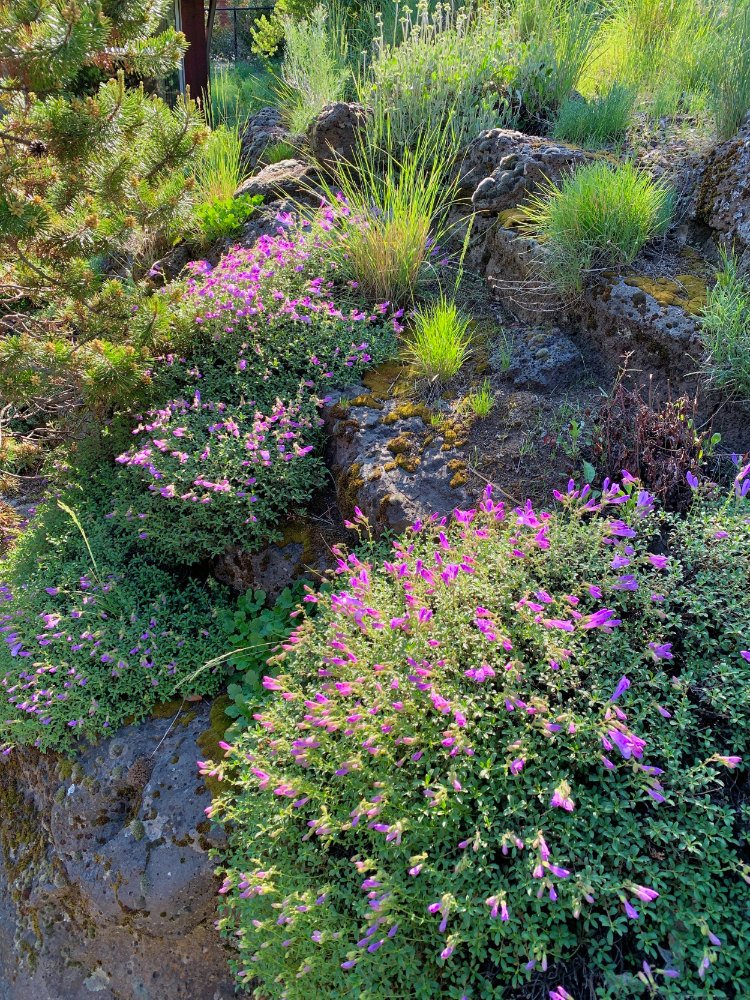
The Human Environment
Every decision we make when designing and creating our home or planning a city affects the quality of the human environment. When we disregard the loss of biodiversity and pollinators, and design without consideration of the long-term need for supplemental resources like fertilizers and water, we fail to create a sustainable world, and even more importantly, we miss the opportunity to create environments that move beyond sustainability and begin to regenerate the important functions that natural and created landscapes provide for us – clean air, clean water, aesthetic quality, or a sense of place and community. And we fail to provide areas that can help mitigate the effects of a rapidly changing climate – things like heat island effects, the capture and storage of carbon dioxide, the release of methane, and the contribution of landscape maintenance practices of other greenhouse gases.
The HDHC approach is to increase awareness of environmental issues with planners, landscape architects, contractors, city and state officials, and others involved in the design and construction of urban, rural, and natural areas. We’re also developing measurable standards and a system for monitoring success rates for municipalities, parks, and protected natural areas. And we continue to document the economic and environmental benefits of “alternative” approaches to landscape design and construction. The need is to educate landscape professionals in theory and design of environmentally responsible landscapes, and develop a workforce trained to maintain the ecological function and environmental characteristics of regenerative landscapes. This is what we do.
Welcoming
Creating a space for people to enjoy the benefits of a diverse native plant landscape is the ultimate goal. A successful design will incorporate all aspects of environmental responsibility, resource conservation, and habitat preservation to create truly unique designs that welcome and embrace people.
Incorporation
The incorporation of structural elements that add function (like stormwater capture) can add an aesthetic element and increase options for greater diversity and habitat quality in a landscape.
Project Highlight: Desert Rain, Bend, Oregon
Desert Rain is the first residence on the planet meeting certification under all the “petals” of the Living Building Challenge — currently the most stringent green building classification system that exists. This project in the heart of Bend Oregon challenged us to create a completely unirrigated landscape that was resistant to climate change, resilient in response to the unique stressors characteristic of an urban setting, and that was able to provide the aesthetic quality valued by the homeowners. Not an easy task. What we designed and built exceeded all expectations, and provides an example of landscape design and construction using exclusively native species in a way that emulates the structure and ecological function of natural systems. Our biggest challenge was to educate the maintenance company in how to address the unique characteristics of this managed landscape.






